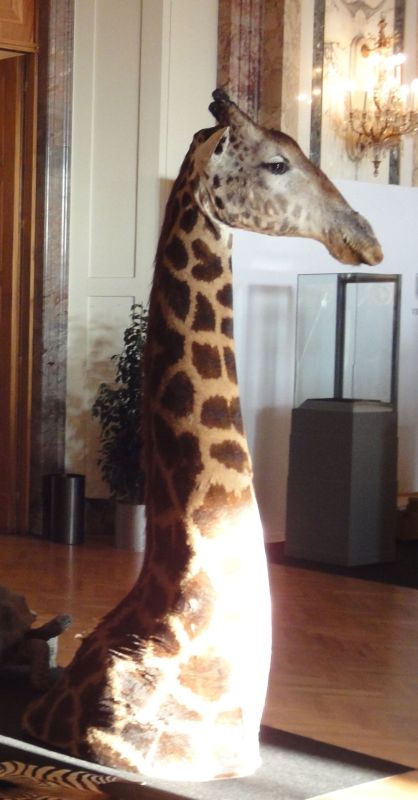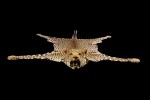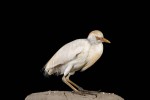Black-browed albatross – Thalassarche melanophris
Black-browed Albatross – Thalassarche melanophris
This is a relatively pelagic marine bird. It is seen near the shore but it also wanders into the sea, up to 1000 km offshore. It attends island more often than other species and in bad weather, it takes refuge in estuaries, fjords and ports. It is often found near large schools of fish and follows the fishing boats which it retrieves fish debris, and it also follows cetaceans for the same reason. It forages on the continental shelf around the islands and near adjacent submarine shores. It often feeds in groups, usually in the company of other seabirds.
It feeds on fish and shellfish, squid and carrion floating on the water. The prey is captured with the beak from the surface while swimming or landing on water. It buries its head under water, and even the body, to seize the prey under the surface. It can dive up to 4 to 5 meters deep and for a few seconds, and feeds on night and day as coveted prey.
It breeds on isolated islands with nests installed on steep slopes among tufts of grass, or on rocky cliff ledges. The Black-browed Albatross product grunts, croaks and squeaks, guttural cries and moans are heard during parades. This species usually breeds each year and pair bonds last a lifetime. Birds parade with the extended tail and dance while shouting. They nest in colonies and are monogamous.






